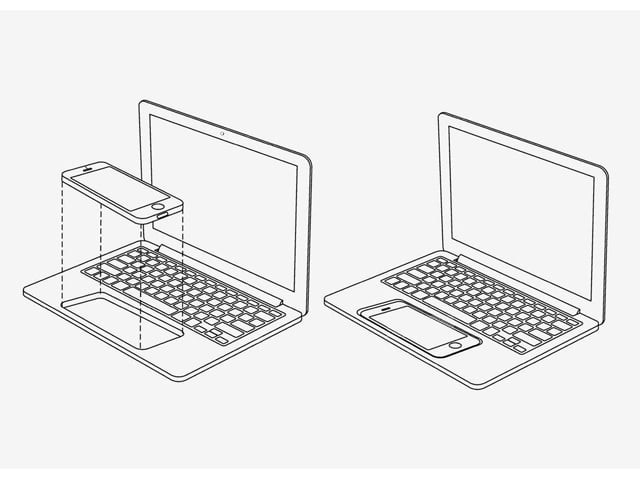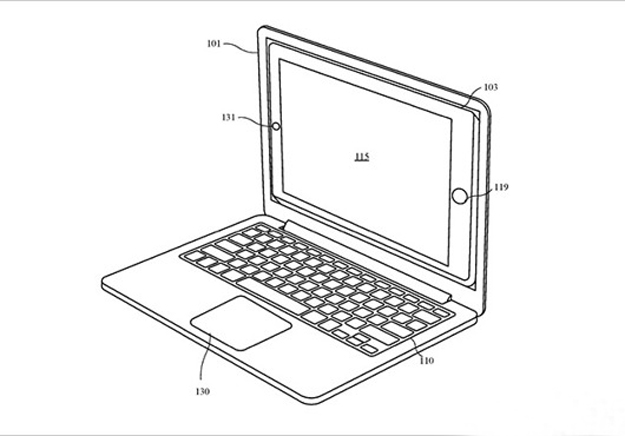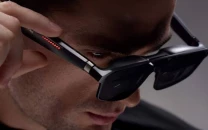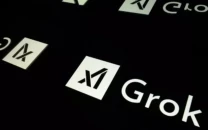Is Apple building an iPhone-powered laptop?
Apple is not the first company to try to use a smartphone to power a computer

Apple’s application points towards an accessory that looks like a traditional clamshell laptop with an iPhone-sized slot at a place where usually touchpad is located. PHOTO COURTESY: APPLEINSIDER
Apple’s application, which was filed in September, for "Electronic accessory device" points towards an accessory that looks like a traditional clamshell laptop with an iPhone-sized slot at a place where the touchpad is usually located.
The device described in the application looks like a kind of "headless" device containing a large display, physical keyboard, GPU, ports and more, just like a regular laptop. From the application, it seems that it is incapable of functioning without a host. The casing would be using an iPhone or iPad that would fit into the laptop-esque piece of kit to handle the processing, filling in the role of CPU.
Apple launches its cheapest-ever iPad
The slot, which is located in the base portion, might also incorporate a communications interface and a means of power transfer, perhaps Lightning or a Smart Connector.
Additionally, the host device might also act as a multitouch touchpad, complete with Force Touch input and haptic feedback. It is pertinent to mention here that the surface area of a 5.5-inch iPhone 7 Plus is very similar to that of the trackpad on Apple's new MacBook Pro models.
Will Apple’s 10th anniversary iPhone cost over $1,000?
Further, the patent application also includes a design in which the screen is replaced with an iPad. Although the latest iPad Pro models can be used with an optional keyboard, they currently lack a touchpad.

Apple is not the first company to try to use a smartphone to power a computer. In 2011, tried something similar with Atrix 4G. However, in Motorola’s version, the device was on docked on the back of the laptop, rendering users unable to utilise the phone’s touch as a second screen.
In fact back in 2004, Apple itself filed for a similar patent for a media player system, which includes various ways to dock an iPod including a laptop and an iMac.
This article originally appeared on AppleInsider



















COMMENTS
Comments are moderated and generally will be posted if they are on-topic and not abusive.
For more information, please see our Comments FAQ